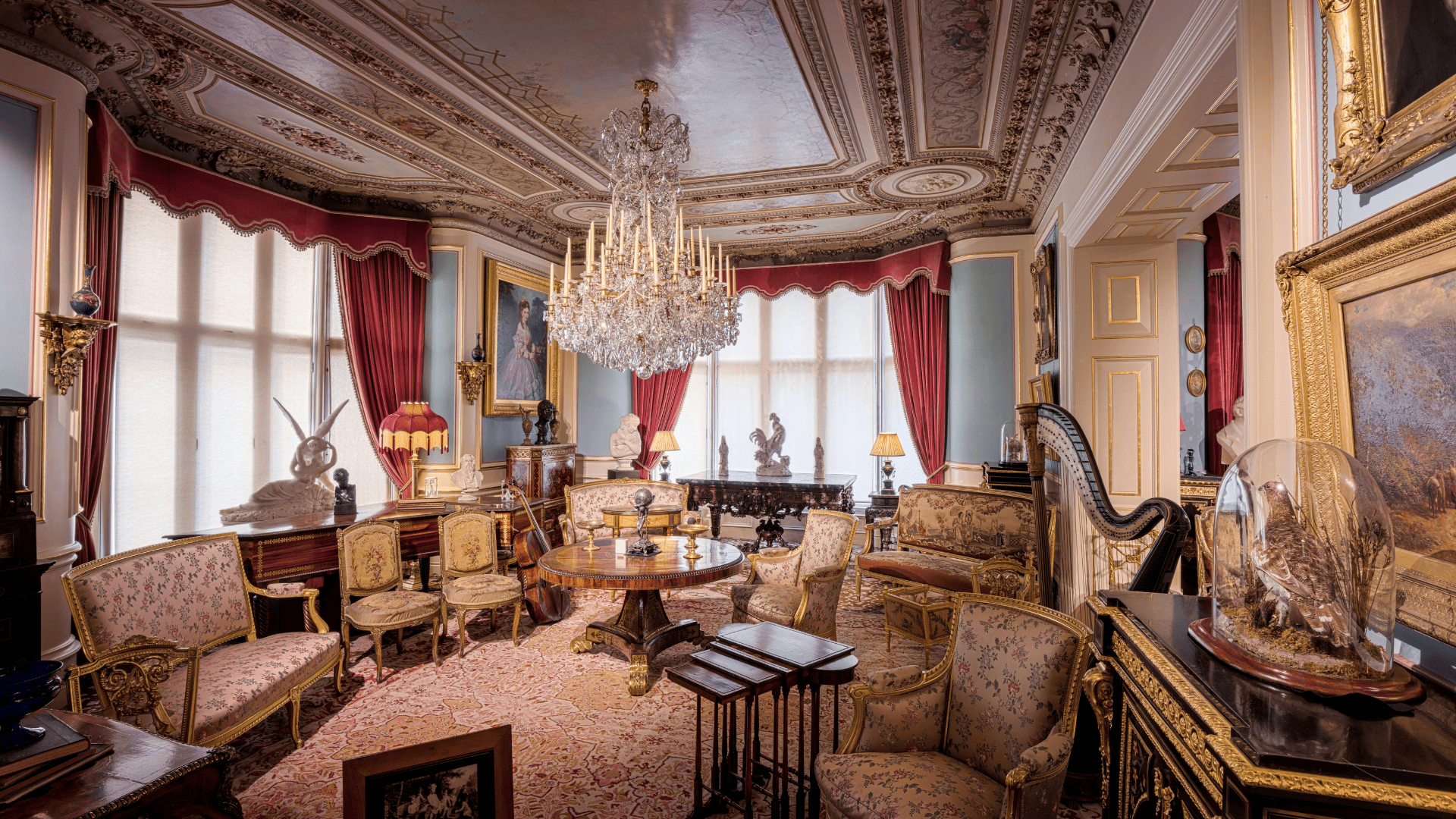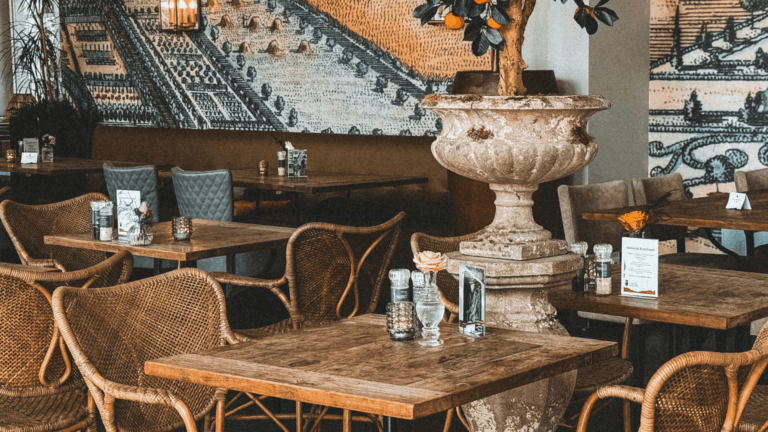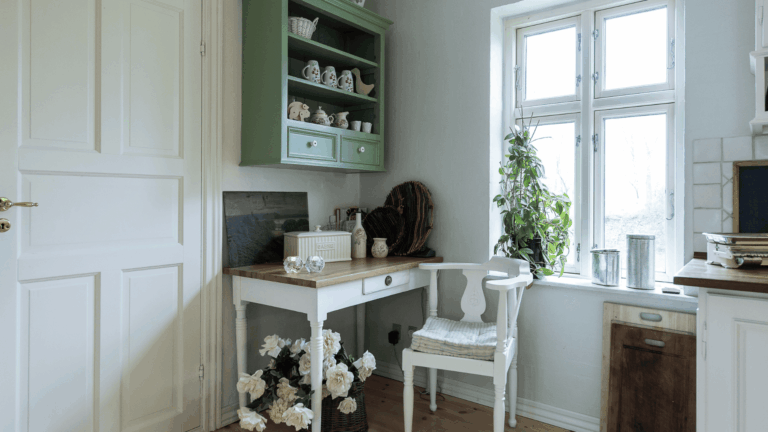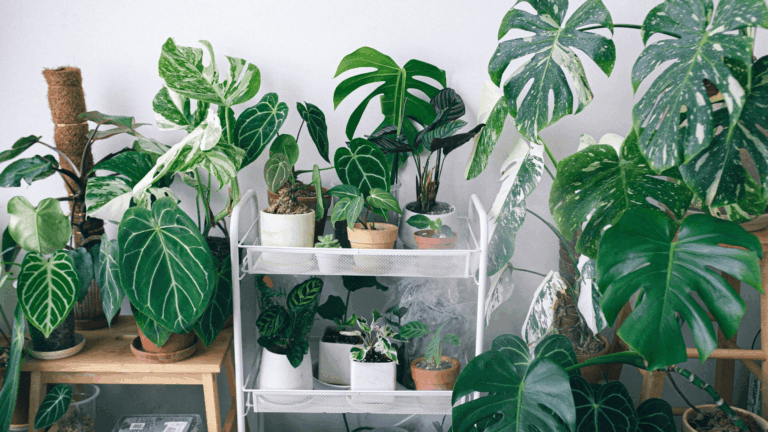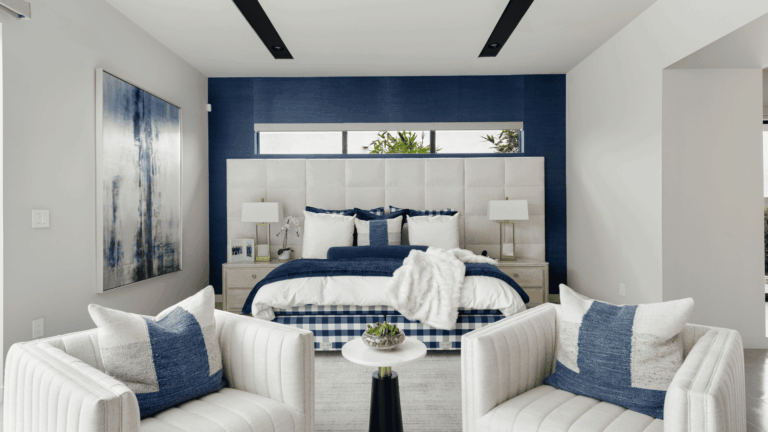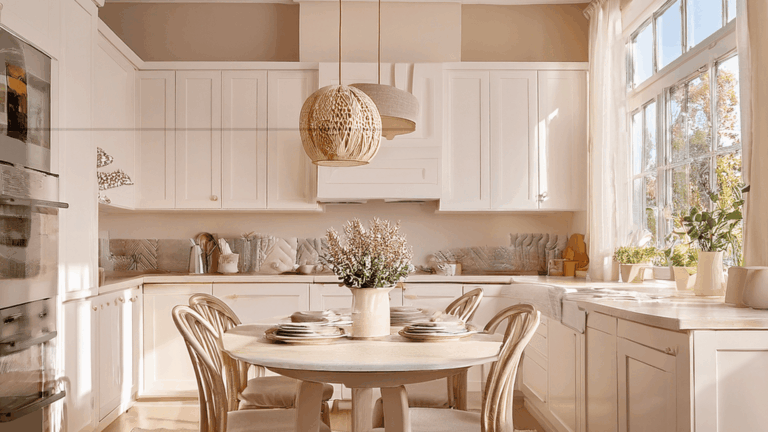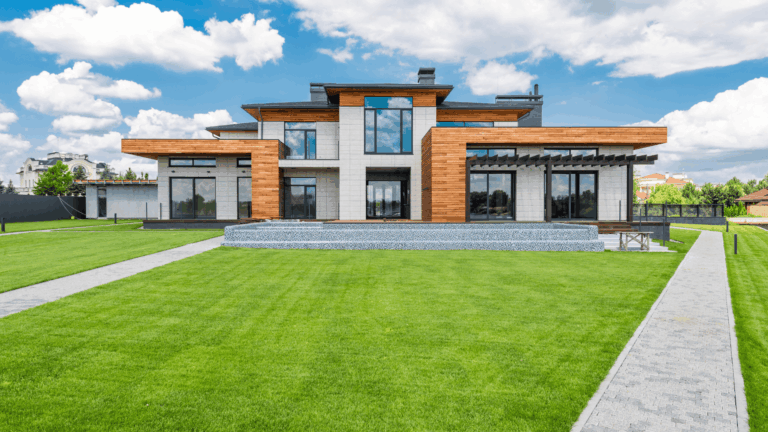Traditional Interior Decoration
Discover the beauty of traditional interior decoration with timeless furniture, classic colors, and elegant design principles that create harmony and comfort in any home.
Introduction to Traditional Interior Decoration
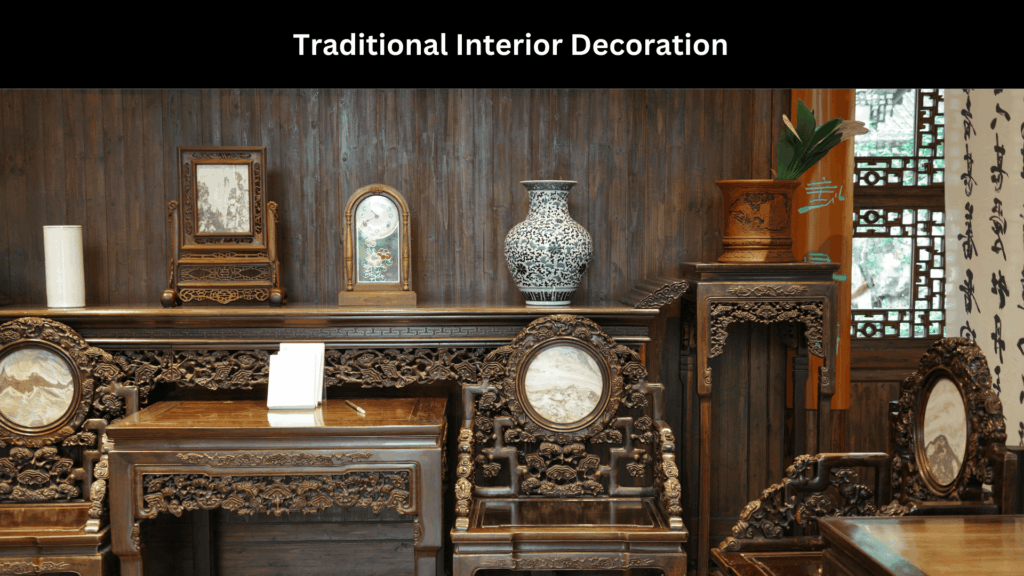
Traditional interior decoration is more than just a design style—it’s a celebration of heritage, craftsmanship, and timeless beauty. Unlike fleeting trends that come and go, traditional interiors carry a sense of permanence, warmth, and refinement that has captivated homeowners for centuries. At its core, this style emphasizes balance, symmetry, and harmony, drawing inspiration from historic European, colonial, and cultural design movements.
Many people are drawn to traditional interiors because they provide a comforting sense of familiarity. When you walk into a traditionally decorated home, you instantly feel the richness of history blending seamlessly with functionality. Whether it’s the polished wood furniture, the intricate moldings, or the soft glow of chandeliers, every detail works together to create an inviting atmosphere.
So, why does this classic style still thrive in the modern era of minimalism and contemporary trends? The answer is simple: traditional design adapts. Homeowners today often blend it with modern elements, creating spaces that are both elegant and livable.
In this comprehensive guide, we’ll dive deep into the roots, principles, and essential features of traditional interior decoration. From color palettes to furniture choices, room-specific designs, and modern adaptations, you’ll uncover how to bring timeless sophistication into your own home.
Historical Roots of Traditional Interior Decoration
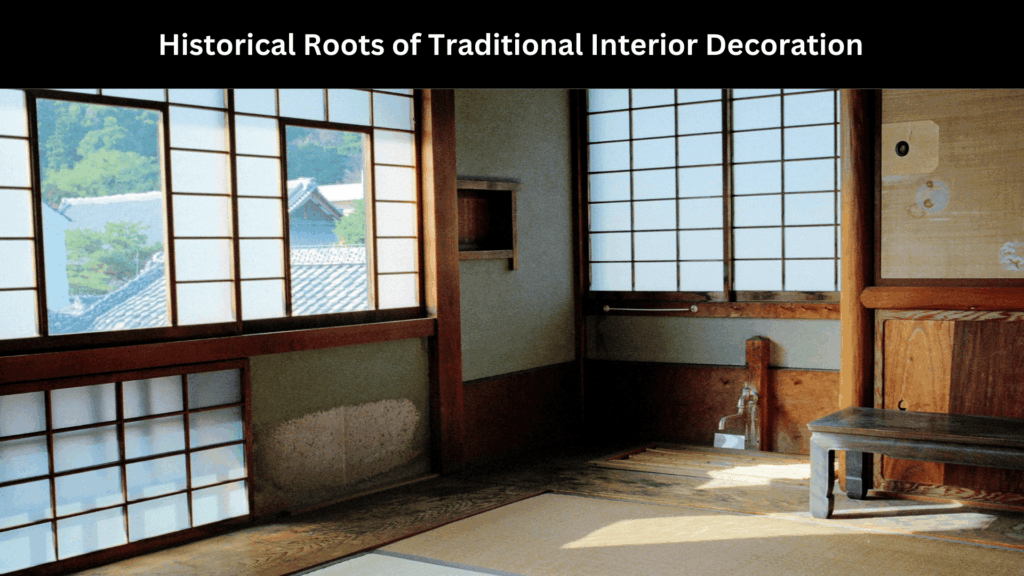
Origins in European and Colonial Homes
Traditional interior decoration owes much of its identity to the grand homes of Europe. The design principles found in English manors, French châteaus, and Italian villas influenced the hallmarks of the style we know today. Early colonial homes, especially in America, embraced these European aesthetics while adapting them with local craftsmanship and materials.
Influence of Victorian, Georgian, and Neoclassical Eras
The Victorian period emphasized ornate details, rich fabrics, and heavy furniture, while the Georgian era leaned toward symmetry and order. Neoclassical styles added elegance with Greco-Roman influences, including columns, pediments, and intricate moldings. These elements continue to appear in modern traditional interiors, proving their enduring appeal.
Cultural Inspirations from Asia, Middle East, and Mediterranean
Traditional design is not limited to Europe. Oriental rugs from Persia, carved wooden screens from India, and colorful Mediterranean ceramics have all found their way into traditional interiors, adding depth and richness to this style.
Core Principles of Traditional Interior Design
Balance and Symmetry
One of the most defining principles is symmetry. Furniture and décor are often arranged in pairs, creating a balanced and orderly look that feels both welcoming and elegant.
Harmony and Order
Traditional interiors avoid visual chaos. Colors, furniture, and textures are carefully chosen to work together, producing a calm and cohesive environment.
Layering of Textures and Patterns
From brocade curtains to velvet upholstery and oriental rugs, traditional interiors rely on layers of texture and subtle patterns to create richness without overwhelming the senses.
Essential Elements of Traditional Interiors
Furniture Styles: Antique and Classic Pieces
Furniture in traditional homes is often made from rich woods like mahogany, cherry, or oak. Classic designs such as Chippendale chairs, Chesterfield sofas, and claw-foot tables dominate.
Wingback Chairs, Chippendale, and Chesterfields
These iconic pieces remain staples of traditional homes, offering both comfort and elegance.
Flooring Choices: Hardwood, Marble, and Oriental Rugs
Hardwood floors, sometimes complemented with marble in foyers, are softened with large oriental rugs featuring intricate patterns.
Fabrics and Upholstery: Velvet, Silk, and Brocade
Luxury fabrics enhance the richness of the interiors, with silk draperies, velvet sofas, and brocade cushions being common.
Traditional Color Palettes and Schemes
Warm Neutrals and Earthy Shades
Creams, beiges, and soft taupes form the foundation, creating a warm and inviting backdrop.
Deep Jewel Tones for Elegance
Emerald green, sapphire blue, and ruby red bring drama and richness to spaces.
Accent Colors Inspired by Nature
Touches of gold, bronze, and leafy greens often appear in accessories and fabrics.
Decorative Details That Define the Style
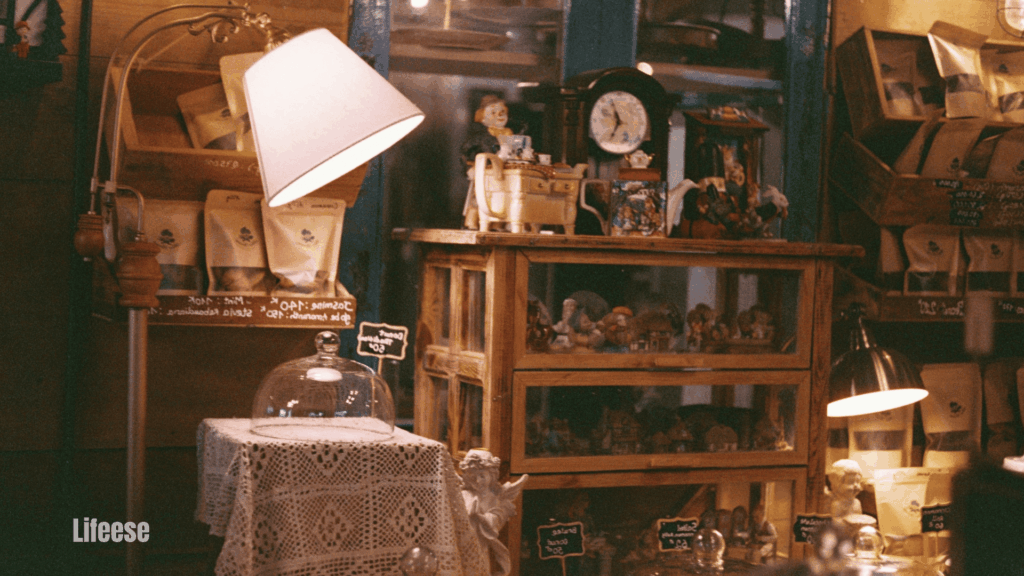
Crown Moldings, Wainscoting, and Wall Panels
Architectural details give walls dimension and character, elevating even the simplest spaces.
Chandeliers, Sconces, and Candle Holders
Lighting is ornamental as well as functional, with crystal chandeliers and brass sconces being signature elements.
Artwork, Portraits, and Classic Paintings
Framed oil paintings, landscapes, and family portraits are staples of traditional décor.
Traditional Living Room Decoration
Symmetrical Seating Arrangements
Sofas and chairs are typically placed facing each other around a central point like a coffee table or fireplace.
Use of Fireplaces as Focal Points
Fireplaces often act as the heart of traditional living rooms, adorned with mantels and decorative accents.
Display of Family Heirlooms and Collectibles
Traditional interiors embrace heritage, showcasing antiques, china, and other meaningful objects.
Traditional Bedroom Interiors
Four-Poster and Canopy Beds
These bed styles add grandeur and make the bedroom feel like a sanctuary.
Heavy Draperies and Elegant Linens
Curtains of velvet or silk frame windows, while bedding is layered with quilts, throws, and embroidered sheets.
Dressing Tables and Vintage Wardrobes
Classic furniture pieces like vanity tables and carved wardrobes complete the room.
Traditional Dining Room Design
Large Wooden Dining Tables
Dining tables made of oak or mahogany serve as the centerpiece for gatherings.
China Cabinets and Sideboards
Storage pieces double as displays for fine china and glassware.
Silverware, Porcelain, and Glassware Displays
Entertaining in a traditional home often involves displaying family collections.
Traditional Kitchen Interiors
Wooden Cabinetry with Carvings
Cabinets feature detailed woodwork, often with glass-paneled doors.
Farmhouse Sinks and Copper Cookware
Classic farmhouse sinks paired with visible copper pots bring old-world charm.
Classic Kitchen Islands
Kitchen islands in rich woods offer both function and style.
Lighting in Traditional Interior Decoration
Chandeliers for Grandeur
A sparkling chandelier in the dining room or foyer instantly signals luxury.
Soft Ambient Lighting with Lamps
Table lamps with fabric shades provide a soft, welcoming glow.
Candlelight for Authenticity
Candles remain a key decorative and atmospheric element.
Accessories and Accents in Traditional Homes
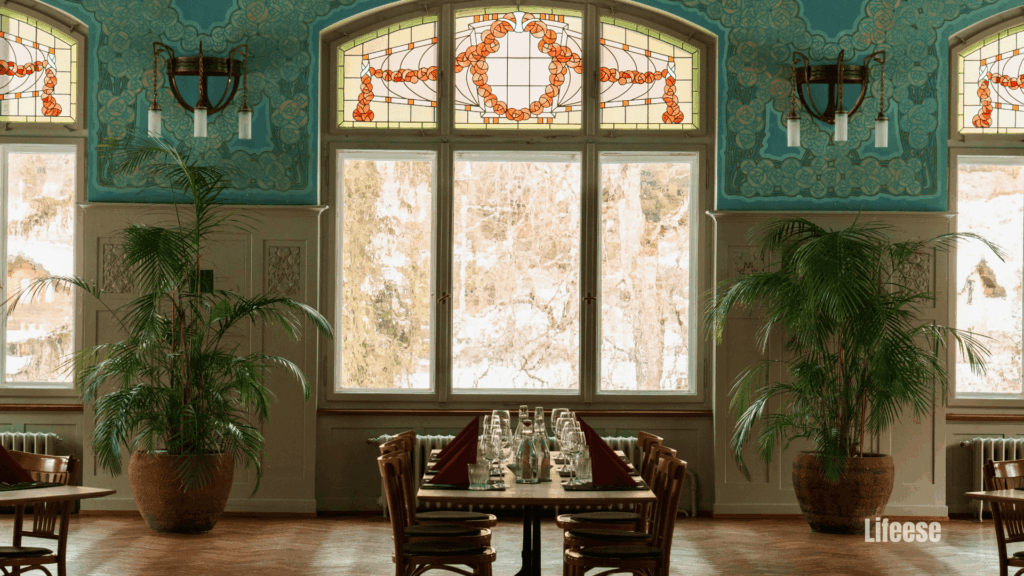
Mirrors with Ornate Frames
Mirrors not only add elegance but also reflect light to brighten spaces.
Clocks, Vases, and Sculptures
Grandfather clocks, ceramic vases, and sculptures are common focal points.
Curtains, Drapes, and Valances
Window treatments are lavish, adding softness and drama.
Regional Adaptations of Traditional Design
European Traditional Homes
Rich woods, ornate carvings, and aristocratic elegance dominate.
Asian and Oriental Influences
Silk screens, bamboo details, and oriental rugs enrich interiors.
Colonial and Southern U.S. Traditions
Colonial designs emphasize simplicity with handcrafted wooden furniture.
Modern Adaptations of Traditional Styles
Blending with Contemporary Minimalism
Homeowners often pair traditional elements with clean, modern lines.
Traditional-Inspired Transitional Homes
The transitional style merges timeless details with modern comfort.
Sustainable and Eco-Friendly Materials
Eco-conscious choices like reclaimed wood and organic fabrics modernize tradition.
Benefits of Choosing Traditional Interior Decoration
Timeless Appeal
This style never feels outdated, making it a safe long-term choice.
Sense of Comfort and Familiarity
The layered textures and warm colors create a homey environment.
Long-Term Investment in Quality Pieces
Traditional furniture, often handcrafted, lasts for generations.
Challenges of Maintaining Traditional Interiors
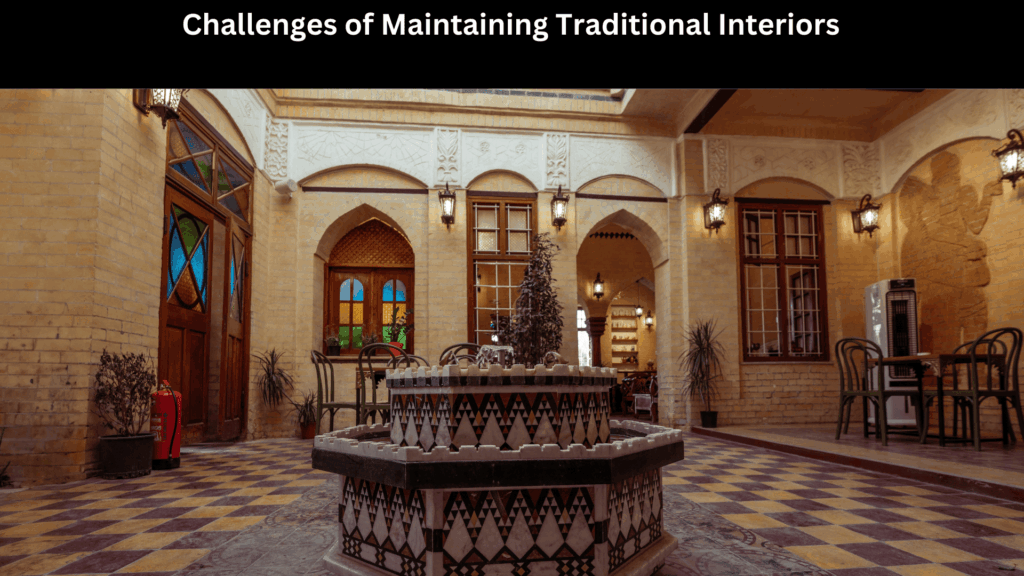
Balancing Old and New
The challenge lies in updating spaces without losing authenticity.
Cost of Authentic Furniture and Décor
Quality pieces come with higher price tags but offer long-lasting value.
Avoiding an Outdated Look
Careful blending with modern accents prevents the style from feeling stale.
FAQs
What makes a room look traditional?
Symmetry, ornate furniture, layered fabrics, and warm colors are key elements.
Is traditional interior decoration expensive?
It can be, depending on authentic furniture and materials used, but affordable alternatives exist.
Can I mix modern and traditional designs?
Yes, many homeowners create a transitional style by blending both.
Which colors work best in traditional homes?
Warm neutrals, deep jewel tones, and earthy shades are ideal.
How do I decorate a small space traditionally?
Use lighter color palettes, scaled-down furniture, and mirrors to maximize space.
What are the most timeless traditional furniture pieces?
Wingback chairs, four-poster beds, and antique wooden tables remain timeless choices.
Conclusion
Traditional interior decoration continues to inspire homeowners with its timeless elegance and enduring appeal. While trends shift and modern styles rise, the principles of harmony, balance, and sophistication remain relevant. By embracing traditional interiors, you’re not just decorating a house—you’re curating a space that tells a story, honors craftsmanship, and provides comfort for generations.
